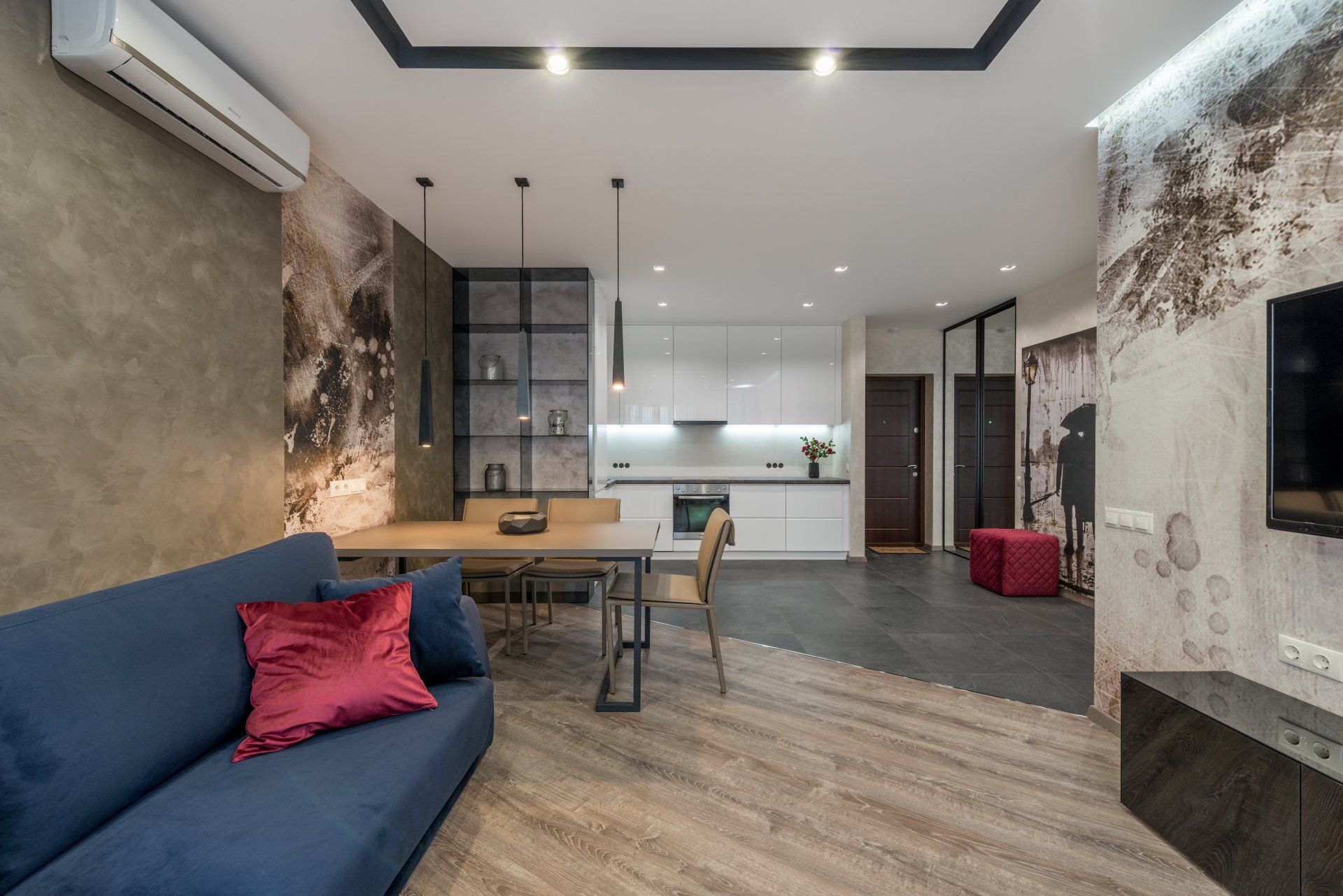How Long Does it Take For a Prospect to Become a Customer?
This is one of the most frequently asked questions about marketing:
“How long does it take for a prospect to become a customer?”
The answer:
“Whatever you do, don’t hold your breath while waiting for your marketing to take affect. Instead, hold your horses because it’s not going to happen instantly.”
Before you start throwing things at me, because that’s not the answer you wanted to hear, I’ll elaborate.
First look into the chemistry of prospects—specifically your prospect. Your prospect is probably doing business with your competition. For you that’s great, because if you’ve been following this blog you know the full meaning of follow-up , and while your competition leaves most customers feeling ignored after the sale, you won’t.
Acknowledge that these are your hottest prospects. They’re already doing business with a competitor and may be disappointed because they’ve been neglected after making their purchase. That’s why you must identify your hot prospect and then begin the dating process . It is a date and it is a process . Now, equipped with that insight, you can transform prospects into customers.
How long does it take until this happen? Try three years on for size. That’s the outside. It could happen in a month, even a week or less if the prospects are in the market right now and neglected by their former supplier. But it probably won’t happen instantaneously and it most certainly won’t happen if you ignore them after contacting them once or twice.
Implement this into your dating process toward your hot prospects: A.I.T.
- Give them Attention.
- Give them Information.
- Give them Time.
Marketing continues to be a collision of business, science, art, and patience. It works. But it rarely works instantly. That’s why the most crucial vehicle in that collision called marketing is your own patience.
Question: How are you dating your prospects?




